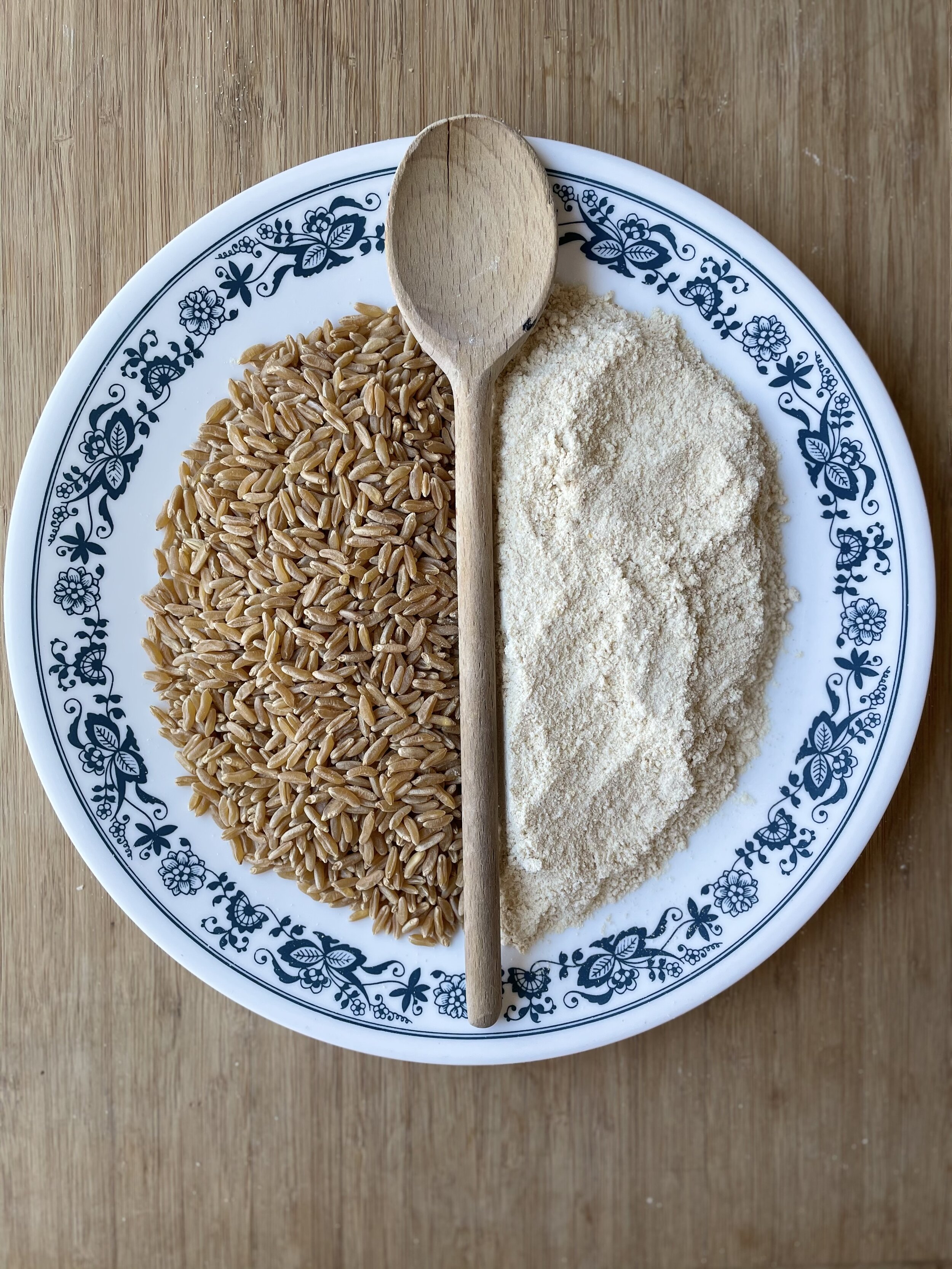Rye
Originally a ‘weed’ of ancient wheats, rye thrived in a wetter environment and eventually became a prized bread in northern parts of Europe. It is believed that cultivated Rye began in southwestern Asia in 6500 BC and migrated westward from there. Domesticated Rye reached central Europe around 4500 BC and can withstand frost, drought, and minimal soil fertility. Weedy Rye has smaller berries than domesticated Rye, and has even been found to have redeveloped itself back into its weedy variety in California! With a distinct tangy, sweet, flavor, Rye lacks a lot of gluten and will never make a really airy loaf of bread. But with such a strong, unique flavor, Rye will always have a place in almost all of our breads.





